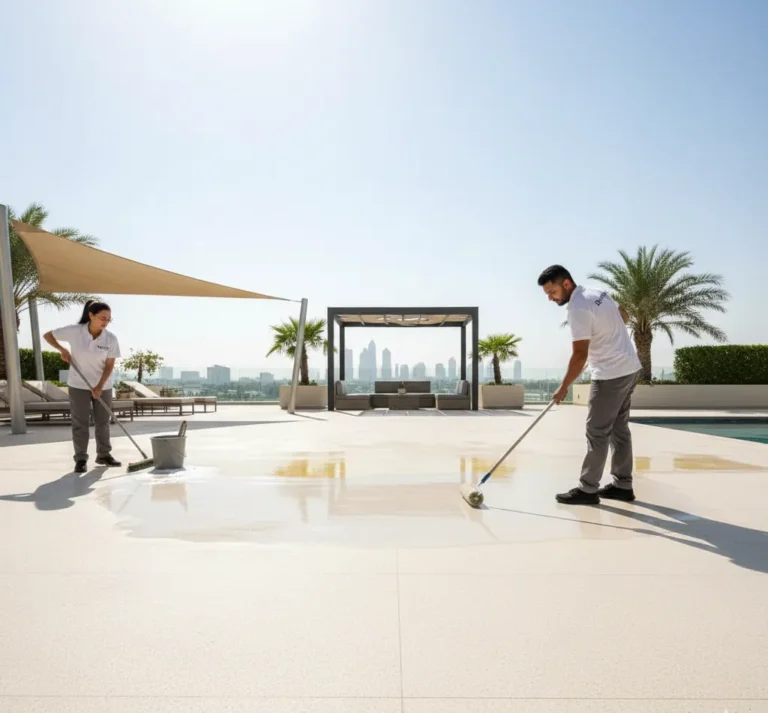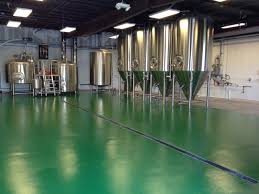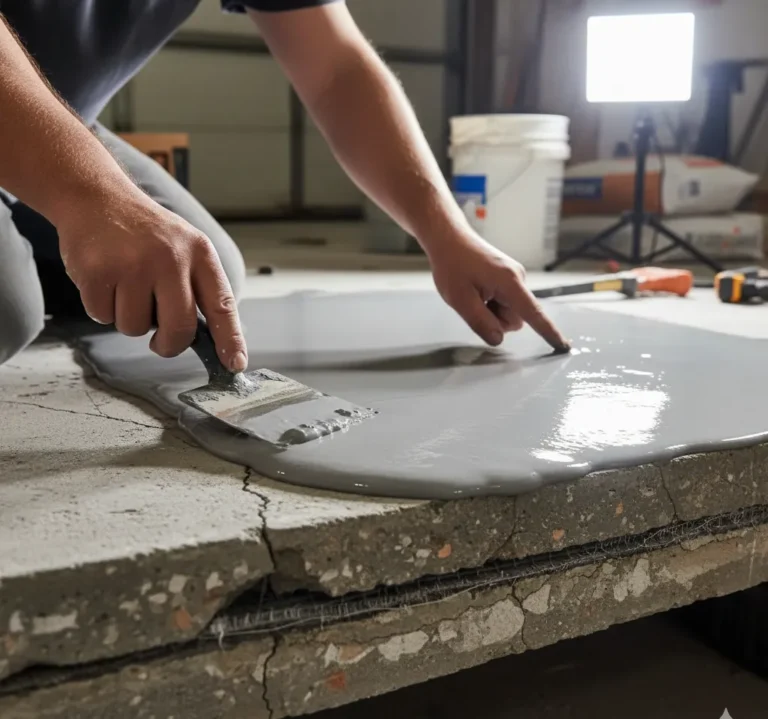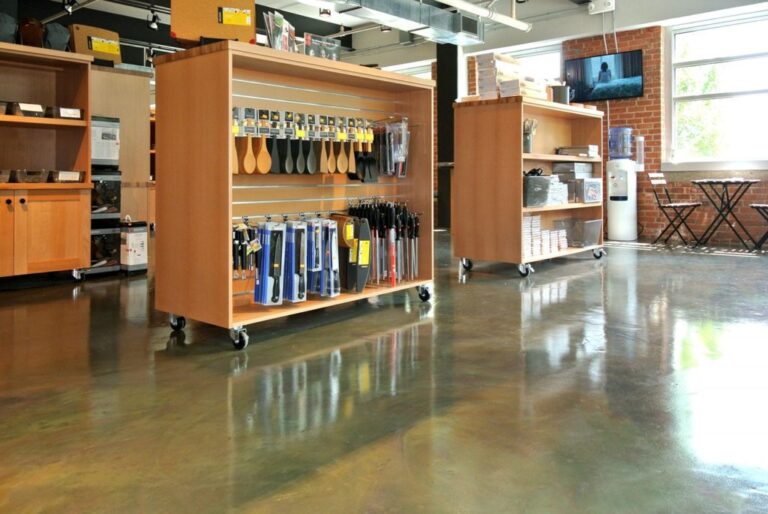Introduction to Microtopping and Its Compatibility with Other Materials
Microtopping is a versatile, thin-layer cementitious coating that can be applied to various surfaces to create a seamless, modern finish. It is known for its durability, aesthetic appeal, and ability to transform spaces without the need for extensive demolition. Microtopping is often used in both residential and commercial settings, offering a sleek, contemporary look that can be customized to fit any design preference.
The Versatility of Microtopping in Combination with Other Surfaces
Microtopping’s adaptability makes it an excellent choice for combining with other materials. Whether it’s wood, metal, or existing concrete, microtopping can enhance the appearance and functionality of these surfaces. This compatibility allows for creative design solutions and seamless transitions between different materials, making it a popular choice for renovations and new constructions alike.
Microtopping with Other Materials: Enhancing Design and Functionality
Combining microtopping with other materials opens up a world of design possibilities. The smooth, uniform surface of microtopping can complement the texture and color of natural materials like wood and stone, creating a harmonious blend of modern and traditional elements.
- Wood and Microtopping : The warmth of wood contrasts beautifully with the sleekness of microtopping.
- Stone and Microtopping : Natural stone’s rugged texture pairs well with the smooth finish of microtopping.
- Metal and Microtopping : The industrial look of metal is softened by the application of microtopping.
Aesthetic Synergy: Microtopping and Natural Materials
The combination of microtopping with natural materials like wood and stone can create a unique aesthetic synergy. This blend not only enhances the visual appeal but also adds a tactile dimension to the design.
- Visual Appeal : The contrast between natural textures and smooth microtopping creates a striking visual effect.
- Tactile Experience : The combination of different materials provides a varied tactile experience, enhancing the overall sensory appeal of the space.
Integrating Microtopping with Existing Surfaces for Renovation
Microtopping is an excellent choice for renovating existing surfaces. It can be applied over old tiles, concrete, and even wood, providing a fresh, modern look without the need for extensive demolition.
- Cost-Effective : Renovating with microtopping is often more cost-effective than replacing existing surfaces.
- Minimal Disruption : The application process is quick and causes minimal disruption to the existing structure.
The Advantages of Combining Microtopping with Different Substrates
Durability and Strength When Microtopping Meets Other Materials
Microtopping enhances the durability and strength of the surfaces it is applied to. When combined with other materials, it creates a robust, long-lasting finish that can withstand heavy use.
- Increased Durability : Microtopping adds an extra layer of protection to the underlying material.
- Enhanced Strength : The combination of microtopping with other materials results in a stronger, more resilient surface.
Seamless Transitions: The Continuity of Microtopping Across Surfaces
One of the key advantages of microtopping is its ability to create seamless transitions between different surfaces. This continuity is particularly beneficial in open-plan spaces, where a uniform look is desired.
- Uniform Appearance : Microtopping provides a consistent finish across different surfaces.
- Smooth Transitions : The seamless application of microtopping eliminates the need for joints and seams.
The Environmental Benefits of Using Microtopping with Sustainable Materials
Microtopping is an environmentally friendly option, especially when combined with sustainable materials. It is made from natural ingredients and can be applied over existing surfaces, reducing the need for new materials.
- Eco-Friendly : Microtopping is made from natural, non-toxic ingredients.
- Sustainable Renovation : Applying microtopping over existing surfaces reduces waste and the need for new materials.
Technical Insights: Microtopping Application with Various Materials
Proper surface preparation is crucial for the successful application of microtopping. The surface must be clean, dry, and free of any contaminants that could affect adhesion.
- Cleaning : Remove any dirt, grease, or debris from the surface.
- Drying : Ensure the surface is completely dry before applying microtopping.
- Priming : Apply a primer to enhance adhesion and ensure a smooth finish.
Technical Guidelines for Combining Microtopping with Other Substances
When combining microtopping with other materials, it’s important to follow specific technical guidelines to ensure a successful application.
- Compatibility : Ensure the materials are compatible with microtopping.
- Application Techniques : Use the appropriate application techniques for each material.
- Curing Time : Allow sufficient curing time for the microtopping to set properly.
Waterproofing and Crack Control with Microtopping Systems
Microtopping systems can be enhanced with waterproofing and crack control measures to ensure long-lasting performance.
- Waterproofing : Apply a waterproofing layer to protect the surface from moisture.
- Crack Control : Use crack control measures to prevent cracks from forming in the microtopping.
Maintenance and Care for Microtopping Surfaces Combined with Other Materials
Easy Maintenance and Cleaning of Microtopping Surfaces
Microtopping surfaces are easy to maintain and clean, making them a practical choice for busy households and commercial spaces.
- Regular Cleaning : Use a mild detergent and water to clean microtopping surfaces.
- Stain Removal : For stubborn stains, use a gentle cleaner and a soft cloth.
- Avoid Harsh Chemicals : Avoid using harsh chemicals that could damage the microtopping.
Care Instructions for Longevity of Microtopping Applications
Proper care and maintenance are essential for ensuring the longevity of microtopping applications. Microtopping experts selection involves choosing skilled professionals who specialize in applying thin layers of decorative concrete to surfaces They are picked based on their experience and knowledge of microtopping techniques Microtopping enhances interiors by adding a sleek and modern look to floors and walls It creates a smooth surface that is easy to clean and can be customized with different colors and patterns
Microtopping moisture resistance Microtopping texture creates thin decorative concrete surfaces This special coating makes plain concrete look pretty by adding a very thin layer on top that can have different designs and colors Microtopping economics calculation Stylish microtopping workspaces are cool office areas with thin decorative layers on floors and surfaces They make work areas look modern and sleek without needing big changes
Sleek workspace surfaces make your desk look clean and modern They give you plenty of room to work comfortably on your computer or do other tasks Microtopping enhances soundproofing by adding a thin layer of special material to walls and floors This extra coating helps block out noise and makes rooms quieter
Uberdek transforms exteriors by giving homes and buildings a fresh new look It can change old and boring surfaces into beautiful and modern ones that everyone will admire
- Sealing : Apply a sealant to protect the microtopping from stains and moisture.
- Regular Inspections : Inspect the surface regularly for any signs of damage or wear.
- Prompt Repairs : Address any issues promptly to prevent further damage.
Comparing Microtopping with Other Finishing Materials
Microcement vs. Micro Concrete: Understanding the Differences
Microtopping is often compared to other finishing materials like microcement and micro concrete. Understanding the differences between these materials can help you make an
Aesthetic and Technical Differences Between Microtopping and Other Finishes
Microtopping offers unique aesthetic and technical advantages compared to other finishes.
- Aesthetic Appeal : Microtopping provides a sleek, modern look that is difficult to achieve with other finishes.
- Technical Benefits : Microtopping is durable, easy to apply, and requires minimal maintenance.
Cost Considerations When Choosing Microtopping Over Alternatives
When choosing between microtopping and other finishing materials, cost is an important consideration. Microtopping is often more cost-effective than alternatives, especially when considering the long-term benefits.
- Initial Cost : Microtopping is generally more affordable than other high-end finishes.
- Long-Term Savings : The durability and low maintenance requirements of microtopping result in long-term savings.
- Value for Money : Microtopping offers excellent value for money, combining aesthetic appeal with practical benefits.
FAQs: Microtopping with Other Materials
What are the benefits of using Microtopping with other materials?
Using microtopping with other materials offers numerous benefits, including enhanced durability, aesthetic appeal, and design flexibility. It allows for seamless transitions between different surfaces and can be customized to fit any design preference.
How does Microtopping enhance the durability of other surfaces?
Microtopping enhances the durability of other surfaces by adding an extra layer of protection. This makes the underlying material more resistant to wear and tear, extending its lifespan and maintaining its appearance.
Can Microtopping be applied over existing countertops and flooring?
Yes, microtopping can be applied over existing countertops and flooring. This makes it an excellent choice for renovations, as it provides a fresh, modern look without the need for extensive demolition.
What are the design possibilities when combining Microtopping with other elements?
The design possibilities are virtually endless when combining microtopping with other elements. You can create unique patterns, textures, and color combinations to achieve a one-of-a-kind look that reflects your personal style.
How environmentally friendly is Microtopping when used with other materials?
Microtopping is environmentally friendly, especially when used with sustainable materials. It is made from natural ingredients and can be applied over existing surfaces, reducing waste and the need for new materials.





